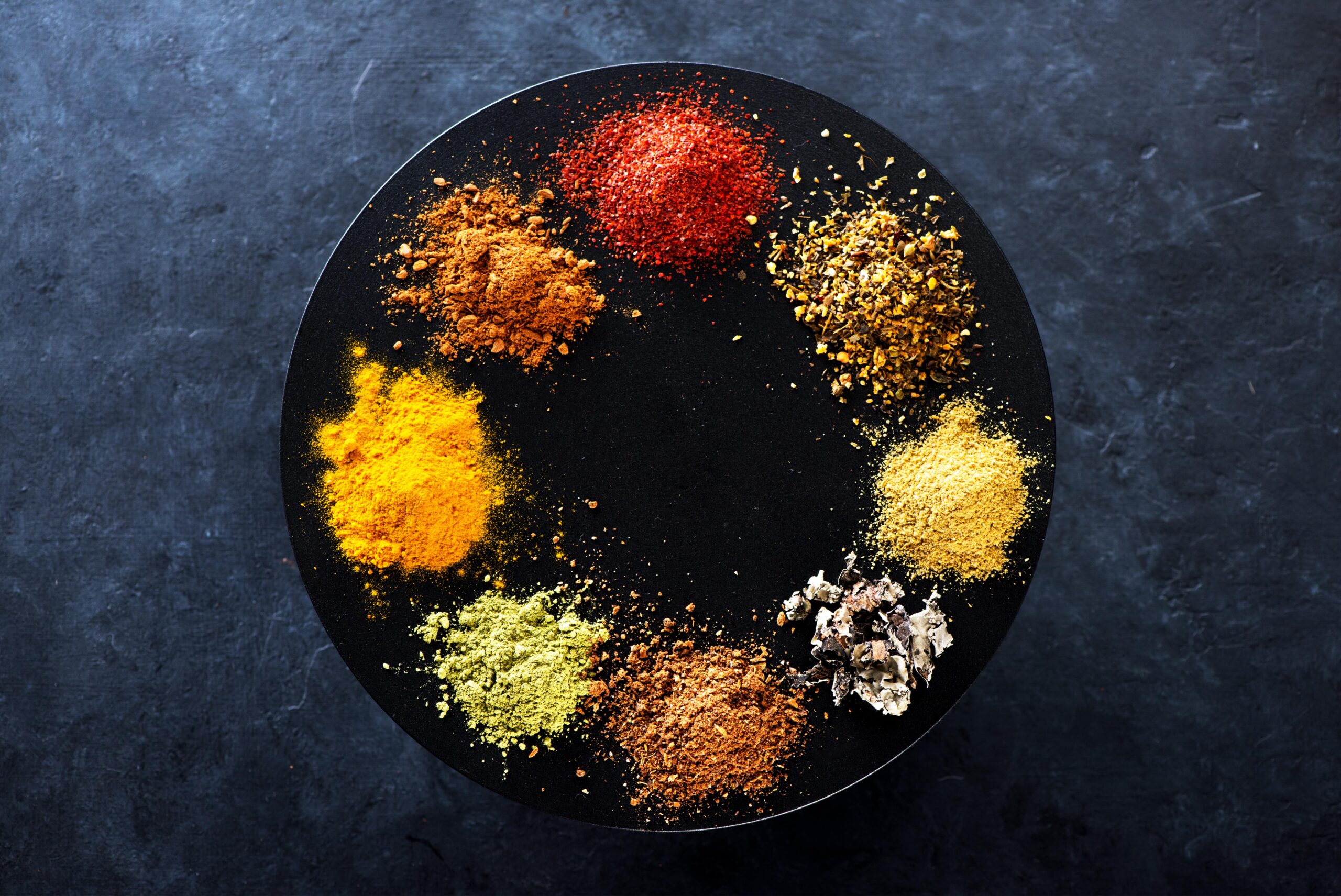Have you heard of the term “macronutrients”? It isn’t usually used in daily conversation when talking about diet and nutrition, but the components of macronutrients are terms you may be more familiar with: protein, fat, and carbohydrates. In the fitness industry, there are many people who focus their diets around calculating their macronutrients based on their desired goals (fat loss, muscle growth, maintaining weight).
Macronutrients or “macros” are essential for your health, and your body requires a certain amount of protein, fat, and carbohydrates to grow, fight off diseases, and function properly. Below, I will give a brief overview of these essential building blocks of your diet that your body needs for survival.
Protein
Protein helps support growth in the body, repairs tissues, maintains healthy immune system functioning, gives energy, and preserves lean muscle mass. The amino acids that make up proteins help build DNA, cell membranes, hormones, receptors, and many other molecules in the body. Proteins found in the body are made up of arrangements of up to 20 different amino acids; nine of these amino acids are considered essential. If a person consumes protein from animal sources, they will be receiving all of the essential amino acids. For those who have meatless diets, a varied plant-based diet will be able to provide all the essential amino acids, as well. According to the USDA, a person should consume 10 to 35% of his or her daily calories from proteins. For older children and adults, 1-1.5 grams of protein per kilogram of body weight is the recommended amount of protein that should be consumed in a day. Athletes may require more. A protein emphasized diet does increase a person’s resting metabolic rate.
Here are foods that provide a good source of protein: meats, fish, cheese, poultry, legumes, seeds, milk, vegetables, peanut butter, Greek yogurt, nuts, beans.
Fats
Dietary fat is critical for different functions; fats help maintain cell membranes and provide a cushion for internal organs. Fat ingestion facilitates the absorption of the fat-soluble vitamins A, D, E, K, and the anti-oxidant molecules known as carotenoids. Fats provide energy and growth. Essential fats also supply fatty acids that the body needs but does not make and include omega-3 fatty acids (fish oil). A small observational study showed that women 60 years and older whose measured omega-3 fatty acid index (a measure of red cell membrane omega-3 exposure) was above a number 7.4 had 30% larger brains than their peers with lower measurements. This implies, good fats are good for our brain.
Fats make our food flavorful. Dietary fat is comprised of three types of fat: trans-fat, saturated fat, and unsaturated fat. The USDA recommends 20 to 35 % of a person’s daily calories come from fats. I recommend 30-40% of total calories from good fats. This means fats that are liquid at room temperature with vegetable oil, olive oil and canola oils as good sources. Trans fat (found in baked goods, snack foods, fast foods, margarine) should be avoided as much as possible and saturated fat (found in animal sources) should be limited due to the fact that they can increase the risk of heart disease. Unsaturated fat can help reduce the risk of heart disease. Here are foods that provide a good source of healthy fats: nuts, seeds, fish, vegetable and nut oils and nut butters.
Carbohydrates
Carbohydrates are the primary energy source for the body. Some of the carbs are converted to a starch called glycogen, which is stores in muscles and liver for quick energy access and use. The USDA recommends between 45-65% of a person’s daily calorie intake come from carbs.
I recommend closer to 40% of calories from high nutrition sources. Carbs should be consumed in moderation, because when not used for energy output, excess carbohydrates in the body can lead to weight gain. Non-fermentable dietary fiber is a type of carbohydrate that the body cannot digest, but this fiber helps the body remove waste and provides easier bowel movements. High-fiber diets help reduce the risk of heart disease and obesity through different mechanisms. One mechanism is to create a barrier between the small intestine and digested macromolecules, essentially slowing the absorption of calories (especially sugars/carbohydrates) in order to minimize excess insulin production in response to feeding. Fiber also helps bind some cholesterol and bile salts resulting in the elimination of some of our cholesterol into the toilet! Daily oatmeal as a fiber and carbohydrate source can lower cholesterol 12-17%.
Here are foods that provide sources of carbohydrates: vegetables, beans/legumes, fruits, potatoes, grains, honey and sugar. In my plate-building strategy for eating I emphasize beans, vegetables, fruits and high protein whole grains for carbohydrate intake because these sources provide a high micronutrient density combined with high fiber intake. This is crucial to a healthier diet. Very colorful vegetables and fruits are packed with healthy vitamins/micronutrients. We should try to have 3 servings of vegetables for every 2 servings of fruit, ½ cup= a serving.
Consuming protein, fats, and carbohydrates in the proper amounts for your body’s specific needs is crucial to maintain a healthy body and keep diseases from developing. A good general rule regarding percentages of protein to fat to carbohydrates is 30/30/40%. If you’re having a hard time figuring out what your macronutrient needs should be, it’s best to talk to a doctor or nutritionist. Keeping a full week’s diary of intake is a good way to start. Also the Myfitnesspal app or website is a great tool to help you do this. Medical professionals can recommend what numbers work best for you based on your height, weight, age, medical history, and fitness goals. Contact Dr. Kordonowy of Internal Medicine, Lipid & Wellness in Fort Myers for a nutrition consultation. To book an appointment, call 239-362-3005, Ext. 200 or click here.










